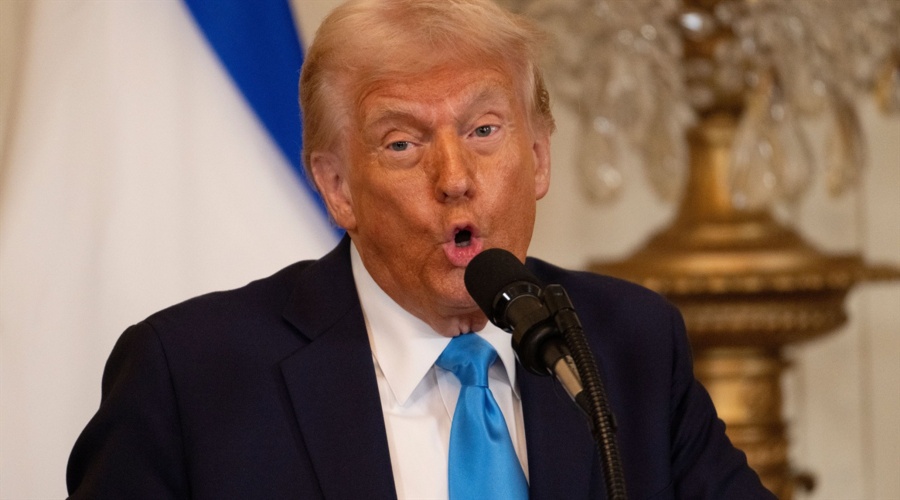In a bold move, President Donald Trump announced
sweeping new tariffs, promising to reshape global trade and fuel U.S.
manufacturing. Set to impose a 10% baseline tariff on all imports starting
April 5, the U.S. aims to pressure other nations to reduce trade barriers.
But what could be the impact of the new tariffs?
Trump’s latest policies could ignite global trade wars and push inflation
higher, complicating the already volatile economic landscape.
Trump’s tariff plan is far-reaching, targeting
countries that run trade surpluses with the U.S., including China, the European
Union, South Korea, Japan, and Taiwan.
The Tariffs and Their Global Impact
By introducing these reciprocal tariffs, the U.S. will
charge these countries higher taxes based on their trade imbalances with the
U.S. For instance, China will face a 34% tax on imports, while the European
Union will see a 20% increase.
LIBERATION DAY RECIPROCAL TARIFFS 🇺🇸 pic.twitter.com/ODckbUWKvO
— The White House (@WhiteHouse) April 2, 2025
The President positioned these tariffs as a solution
to what he perceives as decades of unfair trading practices. He emphasized the
role of these tariffs in bringing factory jobs back to American soil and vowed
that the new policy would help the U.S. regain its economic dominance.
To enforce these tariffs, Trump declared a national
economic emergency under the 1977 International Emergency Powers Act, bypassing
Congress in what critics argue is an overreach of executive power.
Despite the risks involved, such as higher consumer
prices and potential trade wars, the administration expects the tariffs togenerate hundreds of billions of dollars annually in revenue.
The policy also leaves room for uncertainty. While the
tariffs are intended to bring other countries to the negotiating table, there
is no clear timeline for how long these tariffs will remain in place or whether
countries like China will retaliate further.
BREAKING: Japan’s stock market falls nearly -4% as investors prepare for President Trump’s “Liberation Day.” https://t.co/m2mMAD2bZM pic.twitter.com/u6UbR2tcoE
— The Kobeissi Letter (@KobeissiLetter) March 31, 2025
What’s Next for Global Trade?
While Trump’s rhetoric promises a boost to American
manufacturing, the immediate impact on consumers may be less favorable. Higher
tariffs on goods like automobiles, electronics, and clothing are expected to
push prices up.
This could hurt everyday consumers, especially those
with tight budgets. Business owners are already expressing concern about the
long-term viability of these tariffs, citing potential disruptions to supply
chains and cost increases.
Trump’s sweeping tariff plan marks a dramatic shift in
U.S. trade policy and sets the stage for a tense period in global commerce.
While aimed at reversing trade imbalances and revitalizing U.S. manufacturing,
the tariffs could also provoke retaliation from key trading partners and raise
costs for U.S. consumers.
How these tariffs play out will depend largely on the
response of foreign governments and the flexibility of U.S. businesses in
adapting to higher costs.
This article was written by Jared Kirui at www.financemagnates.com.
Source link


